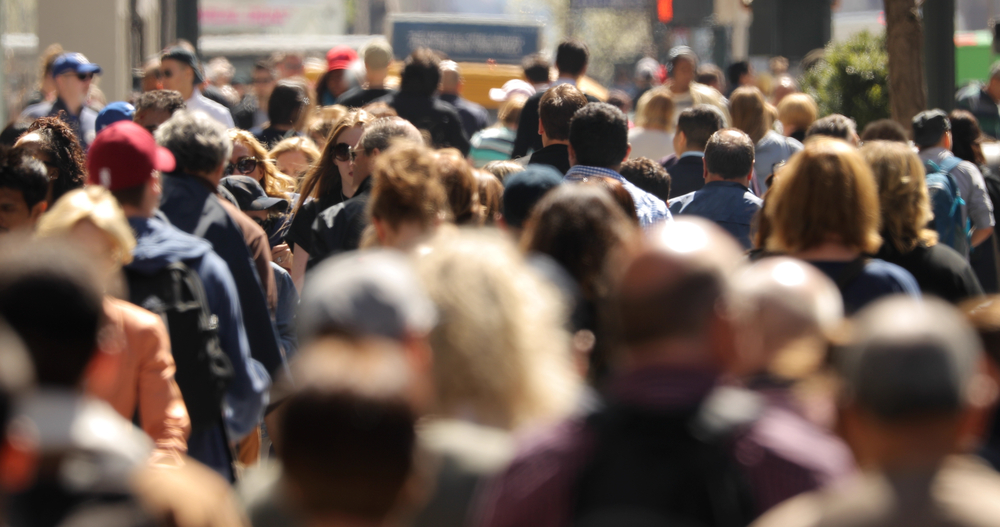Unless you make a regular practice of having your hearing tested with qualified hearing specialists, you may not give your hearing much thought. But hearing loss brought on by noise-damage is a progressive problem that can sneak up on you if you don’t know what to watch out for in your daily life.
Decibels Of Everyday Sounds
The impact level or loudness of a sound is measured in decibels (dB). The higher the decibel level, the louder the sound is. While many of the sounds you encounter in your everyday life will not be damaging, you may be surprised at what level sound becomes damaging.
To give you an idea of what decibels are associated with some of the most common everyday sounds, we have provided some examples below.
- Soft sounds – Some soft sounds you may hear things like a pin dropping, which measures at 10 dB and whispering, which normally measures at 30 dB. If you are unable to hear these sounds, it can mean you have mild hearing loss, and you should come into our hearing clinic for a hearing test.
- Moderate sounds – These sounds are still mild, and many of the peaceful, soothing sounds people enjoy fall into this range. Some of these sounds are the noise from a creek around 40 dB and the hum of a refrigerator which measures around 50 dB.
- Loud – Moving into the loud sound range, you may be surprised that sound such as taking a shower generally measure at 70 dB and a toilet flush come in at 75 dB. Listening to these levels of sound can begin to damage your hearing, but it would take hours of exposure to cause any problems.
- Very loud – These sounds are likely to trigger feelings of discomfort, as repeated, prolonged exposure to them can lead to hearing damage. Some examples of these sounds are the noise of a hair dryer or the sound of a blender, both which fall between 80-90 dB. If you are exposed to sounds around these levels for 2 hours or more, you can suffer from hearing loss.
- Dangerously loud – Sounds around these levels should be mitigated with the use of hearing protection, as they can trigger tinnitus symptoms and lead to hearing loss more quickly. An everyday example of these sounds would be a lawnmower, which measures around 106 dB, while the max volume of most devices can reach around 110 dB.
- Painful – Exposure to these sounds is not only painful but can cause permanent hearing loss with minimal exposure. Some examples of the painful sound range are emergency sirens at 120 dB and firearms, which can discharge around 140-160 dB.
How To Protect Your Hearing
It is important that you have the appropriate hearing protection to avoid noise-induced hearing loss. While sometimes all the protection you need are the simple foam earplugs you can find anywhere, you may need more hearing protection depending on your activities.
One of the hearing services we provide at Hearing Associates of Las Vegas is specialized hearing protection. Whether you are a musician in need of custom-made hearing protection or enjoy target shooting and want to know if your current earmuffs are good enough, we can help you. Even if you already have hearing loss, using hearing protection is important to keep your hearing from deteriorating further.
To work with one of our hearing specialists to keep your hearing in top condition, contact us for an appointment today. We are ready to welcome you into our hearing family!
All of us move through a world filled with sound, without much thought given to how loud everyday sounds can be for our sensitive ears. Yet, the most common cause of sensorineural hearing loss is due to noise damage. But, unless you make a habit out of having your hearing checked every year, it’s likely that you won’t notice any damage until your hearing loss is severe. Because noise damage isn’t only caused by things like exploding fireworks.
Hearing damage can begin at lower decibel (dB) levels than you might think. To give you some scale, a moderately impactful sound would be the humming of your fridge, which is usually around 50 dB. Hearing loss can start to occur when you are exposed to sounds which measure 85-90+ dB. What surprises most people is that this noise level is a common one for people to encounter, such as when they use their hair dryer, which is around 80-85 dB.
The more we understand the sensitivity of our hearing, the more important it is that we do our best to use the right hearing protection and to know when it is time to look for professional hearing help.




Leave a Reply